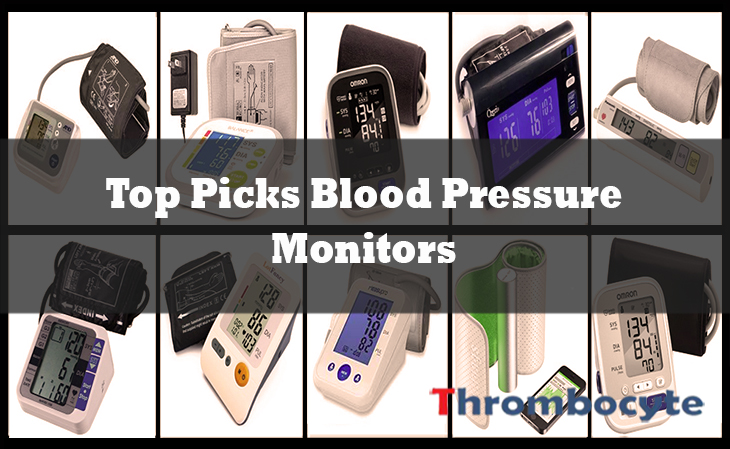Potential Nutrient Deficiencies
The Vitamin Deficiency
Vitamin C
VITAMIN C, also known as ascorbic acid, is a water-soluble vitamin that plays an important role in maintaining the health of the body. It is an antioxidant that helps to protect the body against free radicals, which can damage cells and lead to diseases such as cancer and heart disease. VITAMIN C also plays a key role in the production of collagen, which is a protein that is essential for healthy skin, bones, and connective tissue.
The daily recommended intake of VITAMIN C for most adults is between 65 and 90 milligrams per day. However, this amount may vary depending on factors such as age, gender, and overall health status.
– Infants (0-6 months): 40 mg
– Infants (7-12 months): 50 mg
– Children (1-3 years): 15 mg
– Children (4-8 years): 25 mg
– Children (9-13 years): 45 mg
– Adolescent boys (14-18 years): 75 mg
– Adolescent girls (14-18 years): 65 mg
– Adult women (19 and older): 75 mg
– Adult men (19 and older): 90 mg
– Pregnant women: 85 mg
– Breastfeeding women: 120 mg
NOTE: Smokers may need higher amounts of VITAMIN C as it helps to counteract the negative effects of smoking on the body. Athletes and individuals undergoing stress or recovering from surgery may also need higher amounts of VITAMIN C to support their immune system. It’s always best to consult with a healthcare professional to determine the appropriate daily intake of VITAMIN C for your specific needs.
The Mineral Deficiency
Zinc
Copper
ZINC is an important mineral that plays several vital roles in the body. It is involved in immune function, growth and development, wound healing, and DNA synthesis. It is also important for the senses of taste and smell, and for maintaining healthy skin, hair, and nails. ZINC deficiency can lead to a weakened immune system and delayed growth and development, while excessive intake can be toxic and cause gastrointestinal problems.
The daily recommended intake of ZINC varies depending on age and gender. The following are the recommended daily intake of ZINC:
– Infants aged 0-6 months: 2 mg
– Infants aged 7-12 months: 3 mg
– Children aged 1-3 years: 3 mg
– Children aged 4-8 years: 5 mg
– Children aged 9-13 years: 8 mg
– Adolescents (boys aged 14-18 years): 11 mg
– Adolescents (girls aged 14-18 years): 9 mg
– Adults (men aged 19+ years): 11 mg
– Adults (women aged 19+ years): 8 mg
NOTE: Pregnant and breastfeeding women may need additional ZINC intake, and it is recommended to consult with a healthcare provider to determine the appropriate intake.
COPPER is a trace mineral that is essential for many body functions. It plays a vital role in the production of red blood cells, maintaining healthy bones and tissues, and supporting the immune system. COPPER also helps the body in the absorption and utilization of iron, producing energy, and maintaining healthy levels of antioxidants. COPPER deficiency can lead to anemia, bone abnormalities, and impaired immune function.
According to the National Institutes of Health, the recommended dietary allowance (RDA) for COPPER is 900 micrograms per day for adult men and women.
NOTE: Higher amounts may be needed with pregnant and breastfeeding women. It is always recommended to consult a healthcare professional before making changes to your diet and nutrient intake.
- READ MORE




